17. Pan’s Labyrinth – Ofelia becomes the Princess
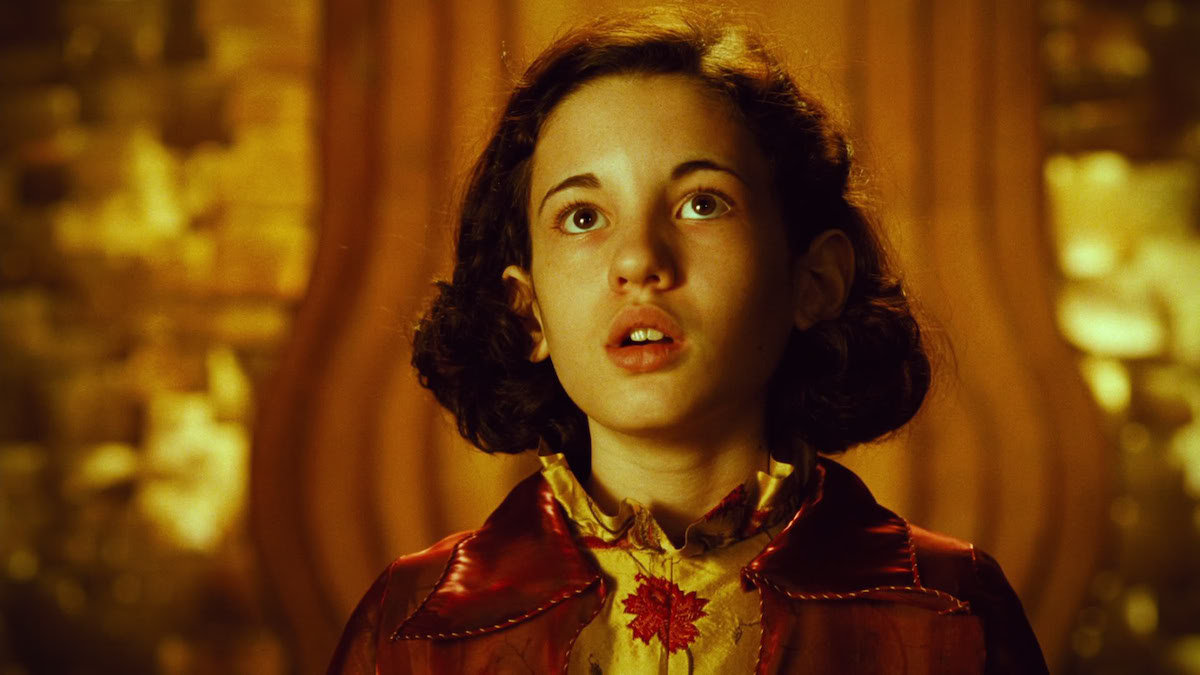
We all grew up on family films that grabbed us by the throat: The Lion King, The Iron Giant, and the list can easily keep going. To feel that same certain level of innocent heartbreak as an adult is almost a miracle. We are cultured and experienced, now. We don’t view things with the same purity. Guillermo del Toro achieves the impossible with his adult-geared fantasy Pan’s Labyrinth.
Once Ofelia gets caught in the labyrinth (with Captain Vidal closely behind), we know the end is nigh. While waiting for the outcome, to see if Ofelia’s dreams will come true or if her nightmares will win, we get a mixture of both cases. Ofelia becomes Princess Moanna while dying at the hands of Vidal. It’s a victory and a loss. It’s too many emotions to handle at once.
16. Schindler’s List – “I could have got more”
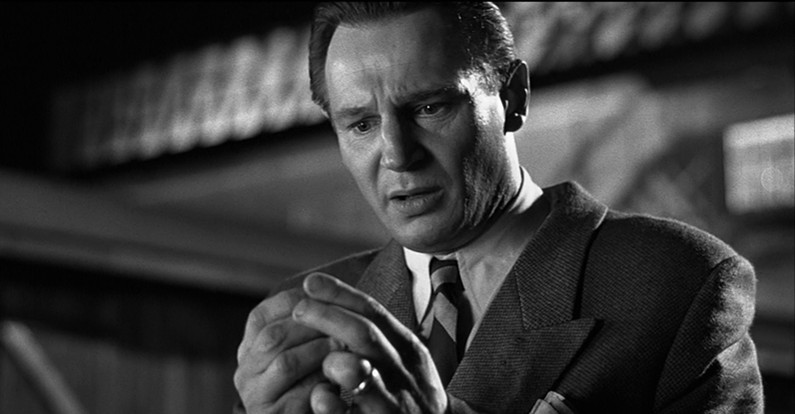
At the end of Stephen Spielberg’s magnum opus, the transformed Oskar Schindler gets ready to flee the Red Army, after being a member of the Nazi Party (that has a change of heart and saved as many people as he could). He is gifted a golden ring by the Jewish community he protected; he is immediately reminded of the possessions he could have sold to save even one more person.
Schindler breaks down, and is embraced by the hundreds of people around him. Spielberg can be associated with schmaltz, but this is one of his most earnestly tearful scenes he ever directed.
15. The 400 Blows – Reaching the ocean
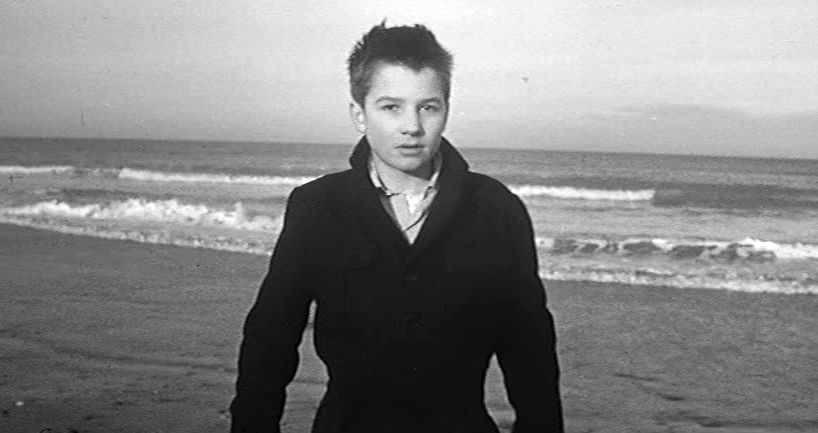
It is hard to hate a mischievous child despite their faults. Antoine in François Truffaut’s The 400 Blows is just a kid that gets into much trouble. Some of it is comeuppance, but he also genuinely has bad luck (the pranks of others got pinned on Antoine). He gets the awful outcome that all of us tricky children got threatened with as a child: he is sent to a boarding facility for uncooperative youths.
He eventually escapes and runs to the ocean; a dream he discusses earlier in the picture. He stares back at us, and the shot freezes while it zooms in. This is not just the face of freedom or innocence. This is our childhood staring at us asking when we got old. This is being reborn but facing mortality all within a stare.
14. Blue Velvet – Hiding from Frank Booth
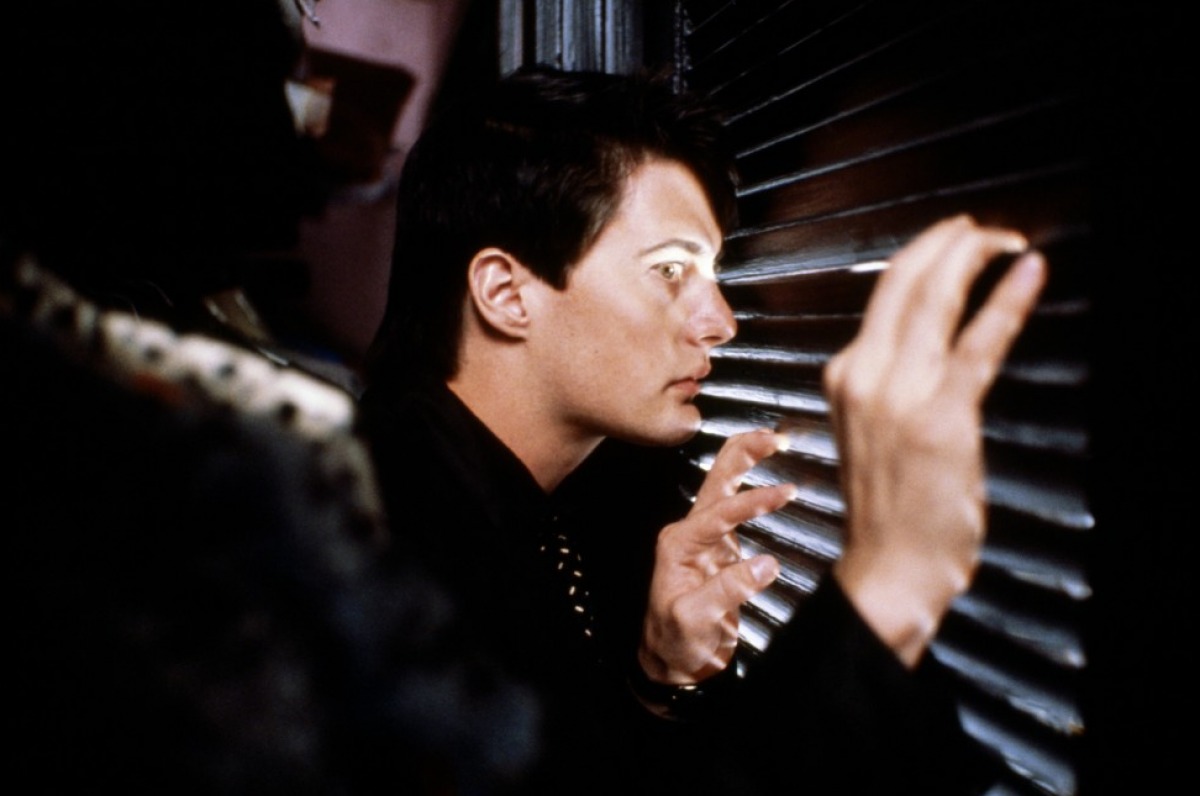
Blue Velvet is oddly enough one of David Lynch’s most realistic films (excluding The Straight Story, of course). Jeffrey has bitten of more than he can chew as a high school teen; he has dug too deep into an investigation involving a psychopath named Frank Booth. Jeffrey arrives back at the apartment of Dorothy Vallens (the manipulated prisoner of Booth), and two dead corpses greet him. He is followed by Booth, who tries to find his hiding spot.
Jeffrey hides in the same vantage point that he used earlier in the film: Dorothy’s closet. Lynch is the master of conjuring dream-like images on screen, but this is truly the work of nightmares.
13. The Seventh Seal – Death arrives
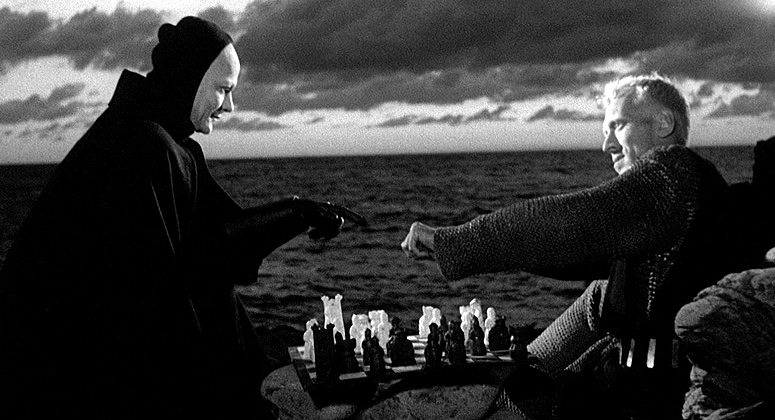
Ingmar Bergman’s medieval philosophical piece The Seventh Seal toys with the idea of Death having a human embodiment throughout the picture. Death plays chess with the knight Antonius Block: a metaphor for the Black Plague following the knights into new territory. So many people come in contact with the plagued knights, that the film becomes a question of “who will be infected next”.
The certainty of who is to die is not set in stone until the very end, where a party of characters have one last dinner before Death, as they foretell, arrives. The following morning features a surviving family, with the father seeing the deceased dancing with Death (like a living illustration). It’s gorgeously dark.
12. Pulp Fiction – “Say what again!”
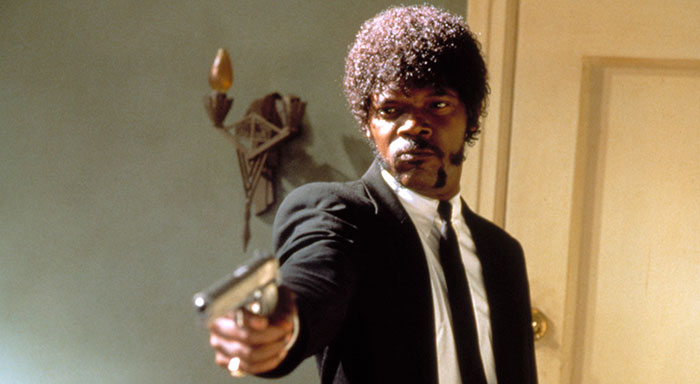
This has to be one of the most quotable scenes in history. Who cannot recite this film even after one viewing? Vincent Vega and Jules Winnfield break into the apartment of a client of their boss Marsellus Wallace. They are there to kill Brett and any witnesses.
Quentin Tarantino brilliantly creates uneasiness through hilarity, as Jules fires off on useless conversation that only delays the inevitable. He discusses fast food before going off the handles when Brett becomes recalcitrant. When Jules whips out his gun and starts asking asinine (but amazing) questions, the threat is suddenly very real. This scene is iconic, because it knows the perfect amount of entertainment and dread.
11. Lawrence of Arabia – Lemonade
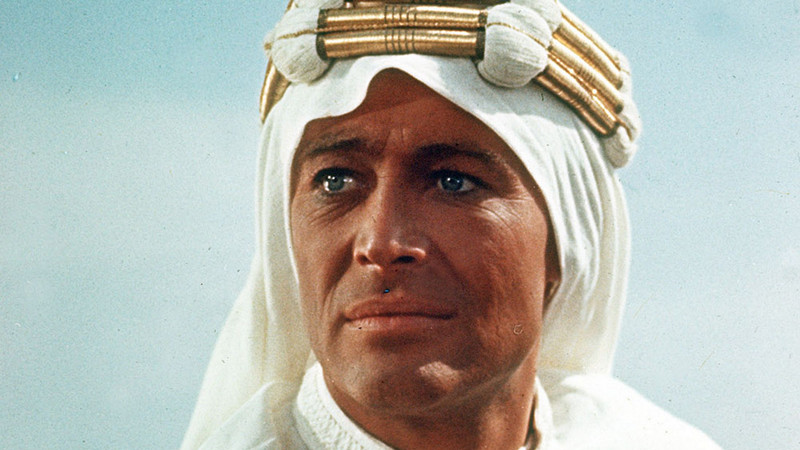
In David Lean’s 4 hour epic, it could have been easy to pick an ambitious scene. Yet, the moment that speaks the loudest is one of incredible control on a much smaller scale. T. E. Lawrence finally arrives back at his headquarters with his servant Farraj after the death of his comrade Daud.
Lawrence is a changed man that is no longer a clumsy goof. He walks into the base in an Arab robe, and all heads turn towards him. He and Farraj are denied simple glasses of lemonade, and Lawrence finally snaps and demands that they get their drink. When further questions become interrogations as to what he has accomplished. After Lawrence requests a bed for Farraj, you have witnessed a man that can command any situation he so pleases.
10. The Good, the Bad, and the Ugly – Mexican standoff
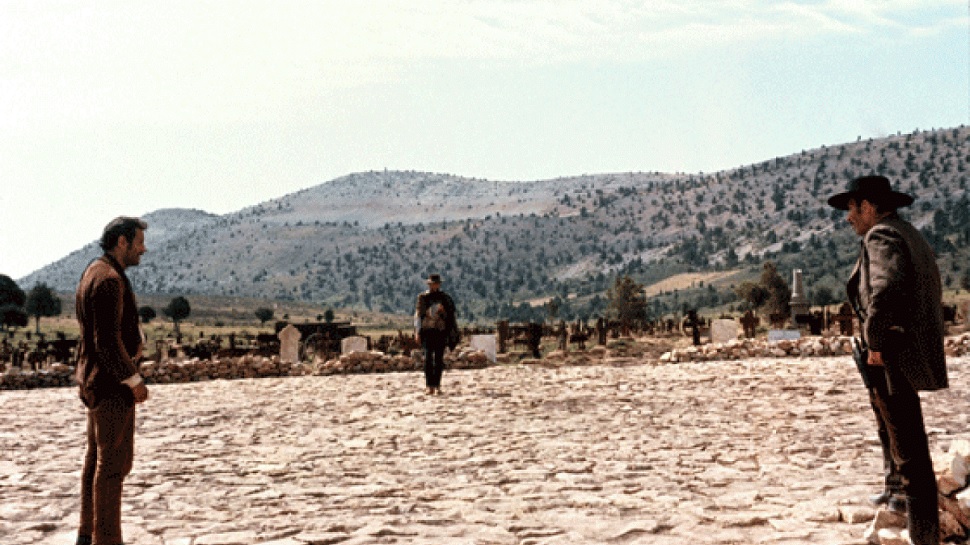
The multiple storylines in Sergio Leone’s Spaghetti Western classic sometimes intertwine throughout the picture. Yet, they all ultimately lead up to the ending standoff. Three personalities with one goal: find the hidden treasure.
All three of the titular men square off with their eyes fixated on one another. Their hands are each slowly closing in on their holstered weapons. Does one strike first, or wait to retaliate to the initiator? The scene gets crazier as the music swells and the cuts get faster. The entire film leads up to a few seconds of action, and it is all so damn glorious. You won’t find climaxes this good outside of a Leone film.
9. Battleship Potemkin – Odessa Steps
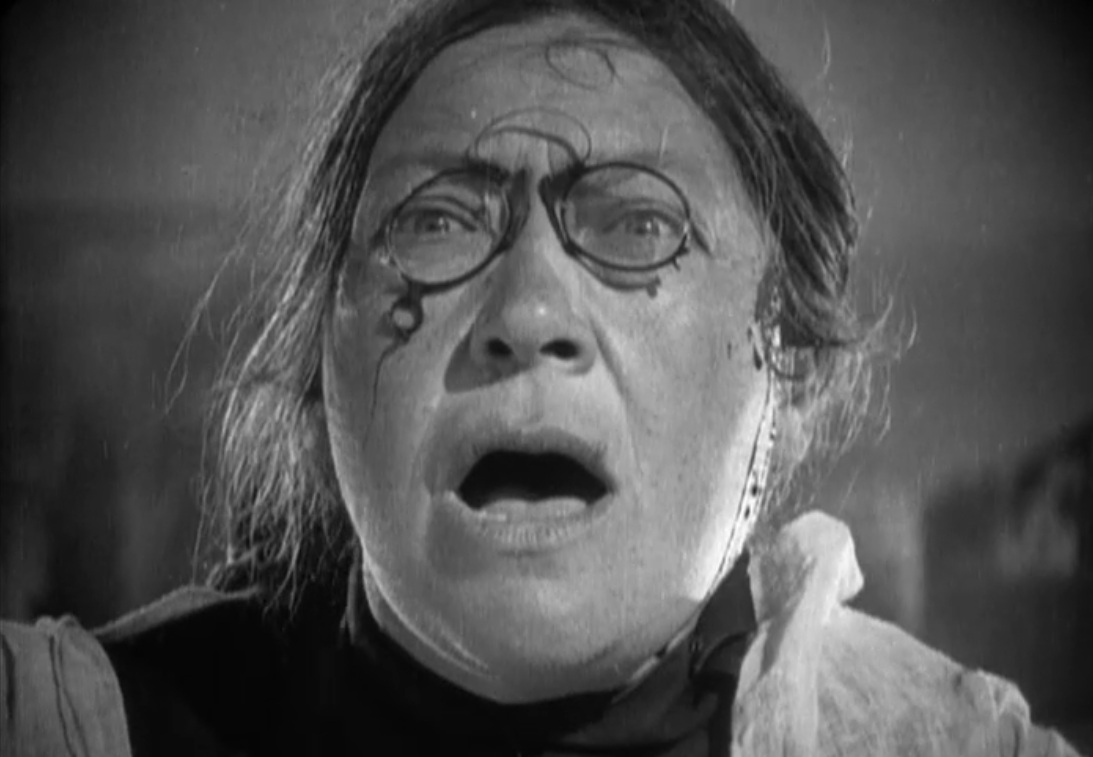
This scene is so memorable, that it is often the main selling point of viewing Sergei Eisenstein’s film. Other scenes can be remembered if one tries really hard, but is it worth it when the Odessa steps sequence is so affective? The Cossack soldiers stand in an authoritative straight line that towers above the city folk scattered all over the steps. They begin to fire and slowly descend towards the citizens.
All start running, but many cannot be saved. People are shot in the face point blank. A baby carriage somehow survives its rickety trip down the stairs only for the infant inside to be killed once it reaches the bottom. In so many ways, we are witnessing the destruction of civilization through the brutality towards the innocent.